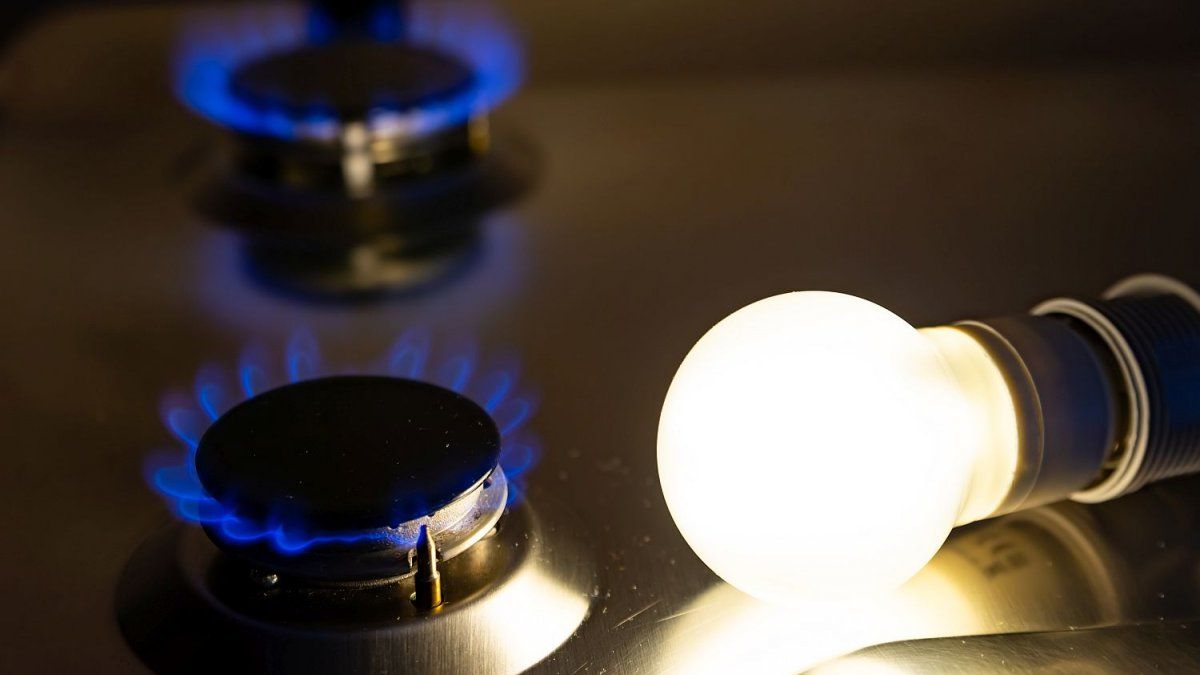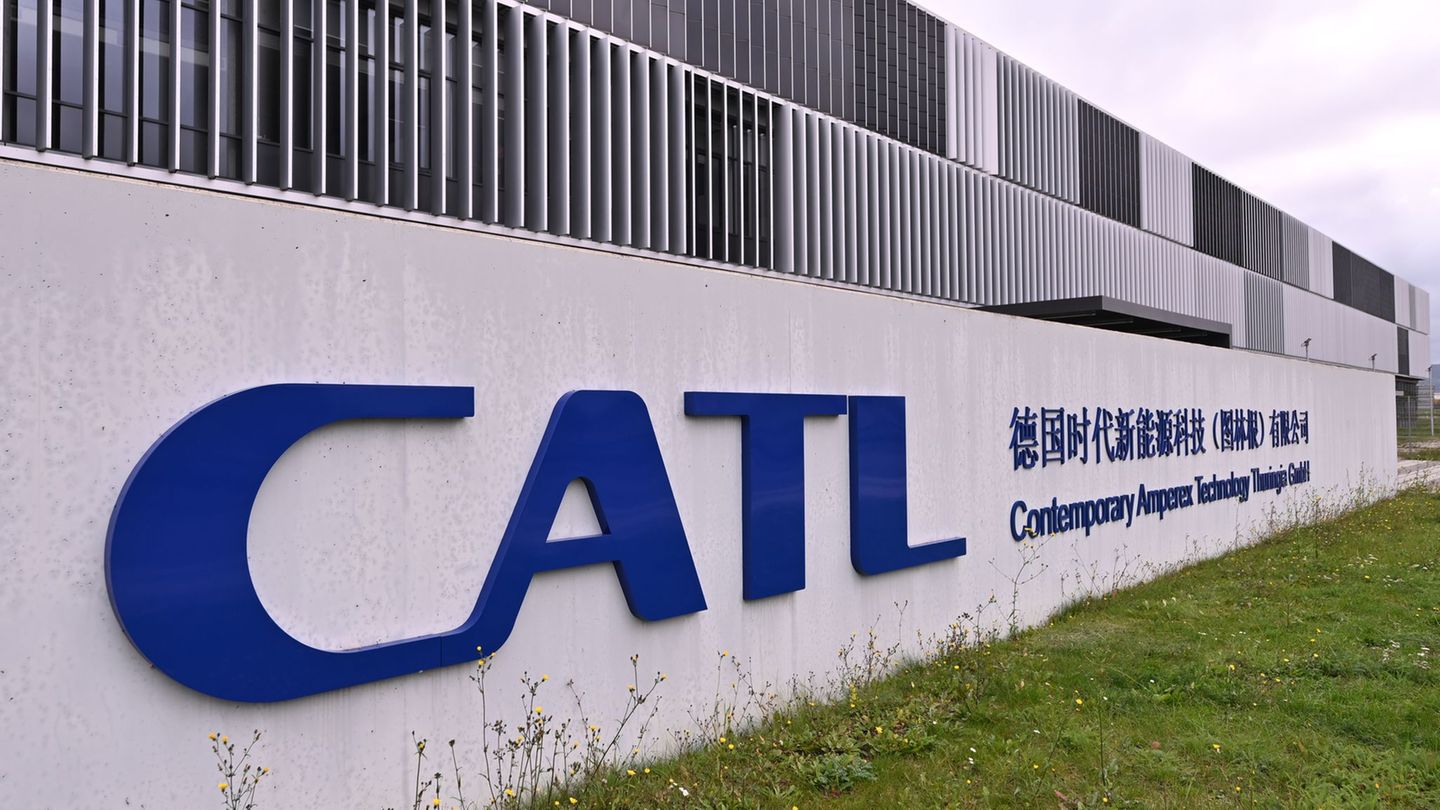The Government committed to the International Monetary Fund (IMF) to continue reducing energy subsidies in the coming months. In that framework, The percentage of income allocated to paying fees could be the highest in 30 years for higher-income households.
In the De Una program, on C5N, journalist Rosalía Constantino assured that the commitment of the Ministry of Economy headed by Luis Caputo with the IMF will lead to new increases in rates during the month of August.
According to a report carried out jointly by the consulting firms PxQ and Economía&Energía, Starting in June, users with greater purchasing power allocated 6.4% of their salaries to paying bills of gas and electricity, the highest figure in three decades. Therefore, if the new corrections on the ballots exceed the equal increases, this situation could worsen.
Even so, the work highlighted that in real terms prices continue to be below those observed during the Macri administration, which is why the number has more to do with the depression in real salaries than with a significant contraction in subsidies.
According to a study carried out by the Interdisciplinary Institute of Political Economy (IIEP), energy subsidies were cut by a real 34% in the first five months of 2024compared to the same period in 2023, mainly due to the lower level of transfers to ENARSA within the framework of a drop in LNG prices.
In the case of CAMMESA the real reduction was 4% due to the increase in the price of energy for N1 households (high income) and General Distribution Demand (small industries and businesses and others). After the suspension of increases in May, a path of increases was resumed in June with the particularity that no segment of the distribution demand covers the full cost of the service.
In this context, in the City of Buenos Aires Energy tariff prices have already multiplied by five between December and June.
For its part, the consulting firm MAP Economics & Business detailed in a report that he tax savings in electricity during 2024 it would be US$13 per MWh, of which US$4 are explained by the increase in rates and US$9 by the reduction in the cost of generation. Thus, The weight of subsidies on GDP would drop from 1.5% to 1%.
How much did electricity cost in June?
In the metropolitan area of Buenos Aires (AMBA), an Edenor or Edesur user will pay on average for their electricity bill corresponding to June consumption $34,953 if Level 1 (N1, high income); $21,966 if it is Level 2 (N2, low income); or $26,259 if it is Level 3 (N3, middle income).
These are increases of 18%, 94% and 73%, respectively, compared to the values in force since February 2024; and increases of 228%, 465% and 378%, respectively, against June 2023.
How much did gas cost in June?
In the case of gas, A Metrogas user will pay an average of $27,691 for their June bill if they are Level 1 (N1, high income); $23,651 if it is Level 2 (N2, low income); or $24,968 if it is Level 3 (N3, middle income).
They are increases of 6%, 19% and 9%, respectively, compared to the values in force since April 2024; and adjustments of 406%, 745% and 544%, respectively, in interannual terms.
Source: Ambito




